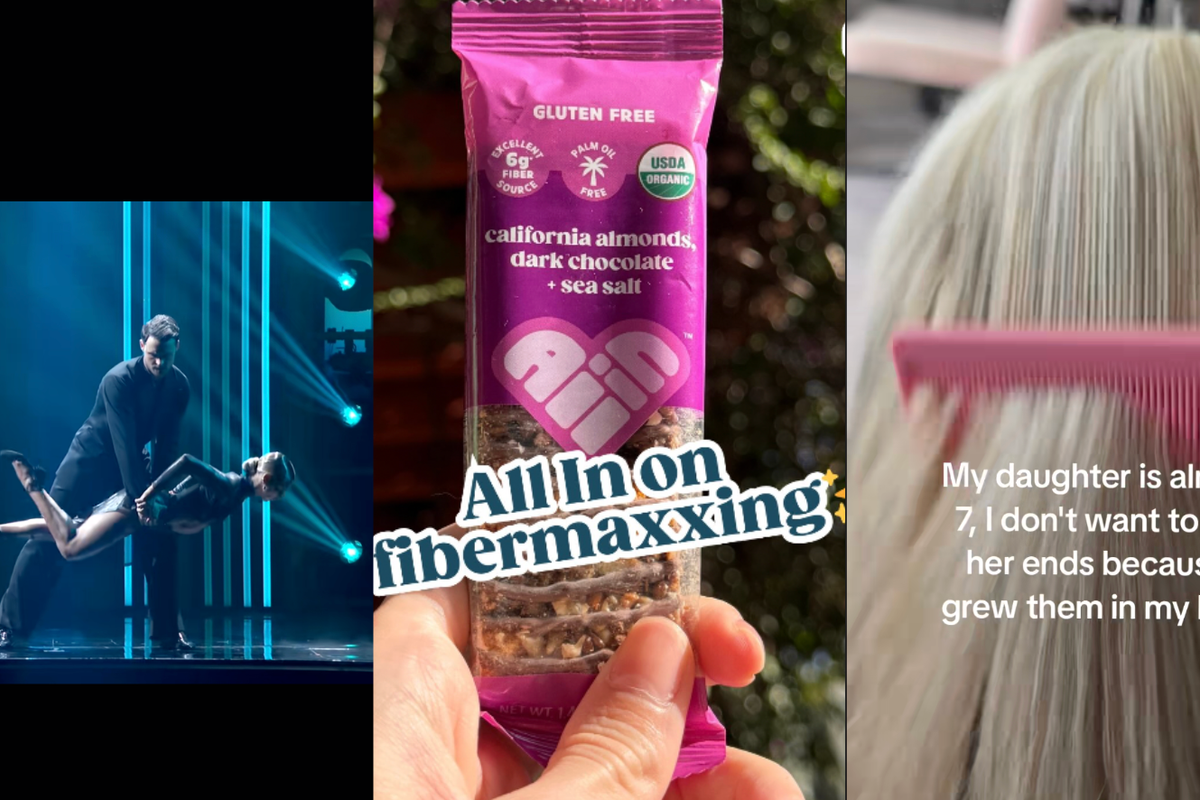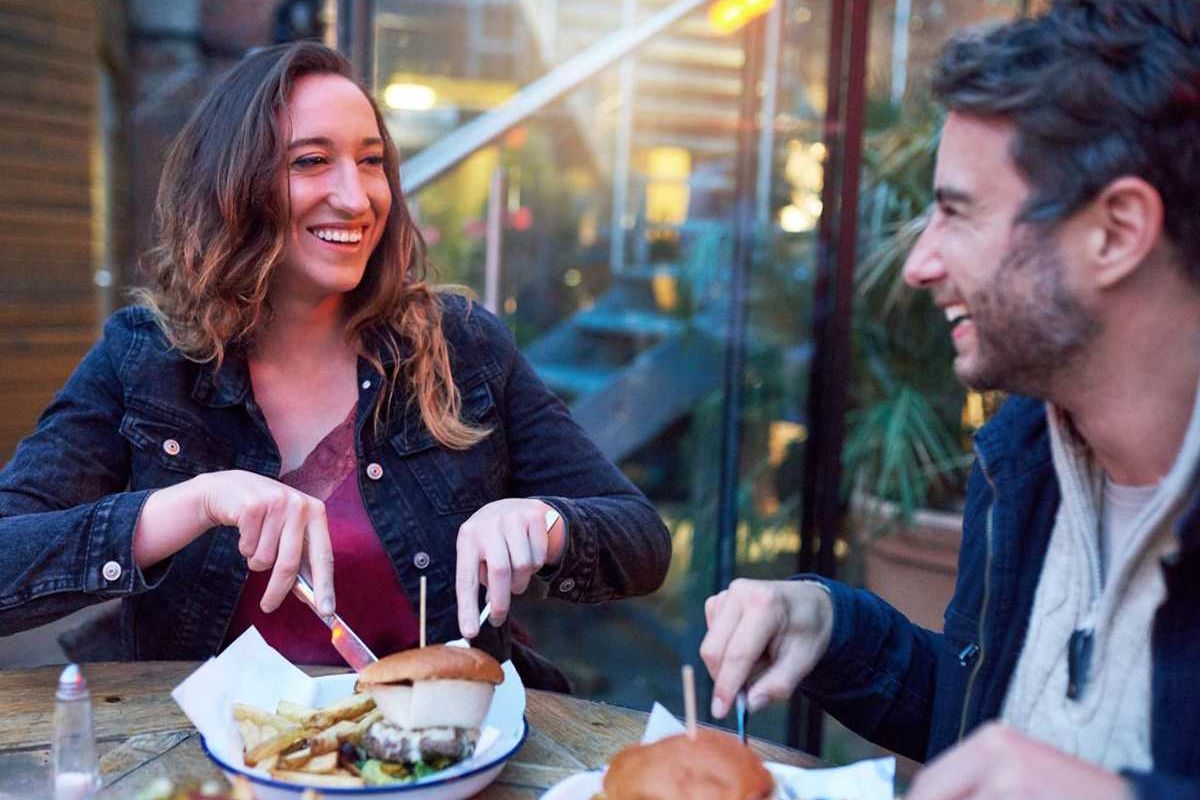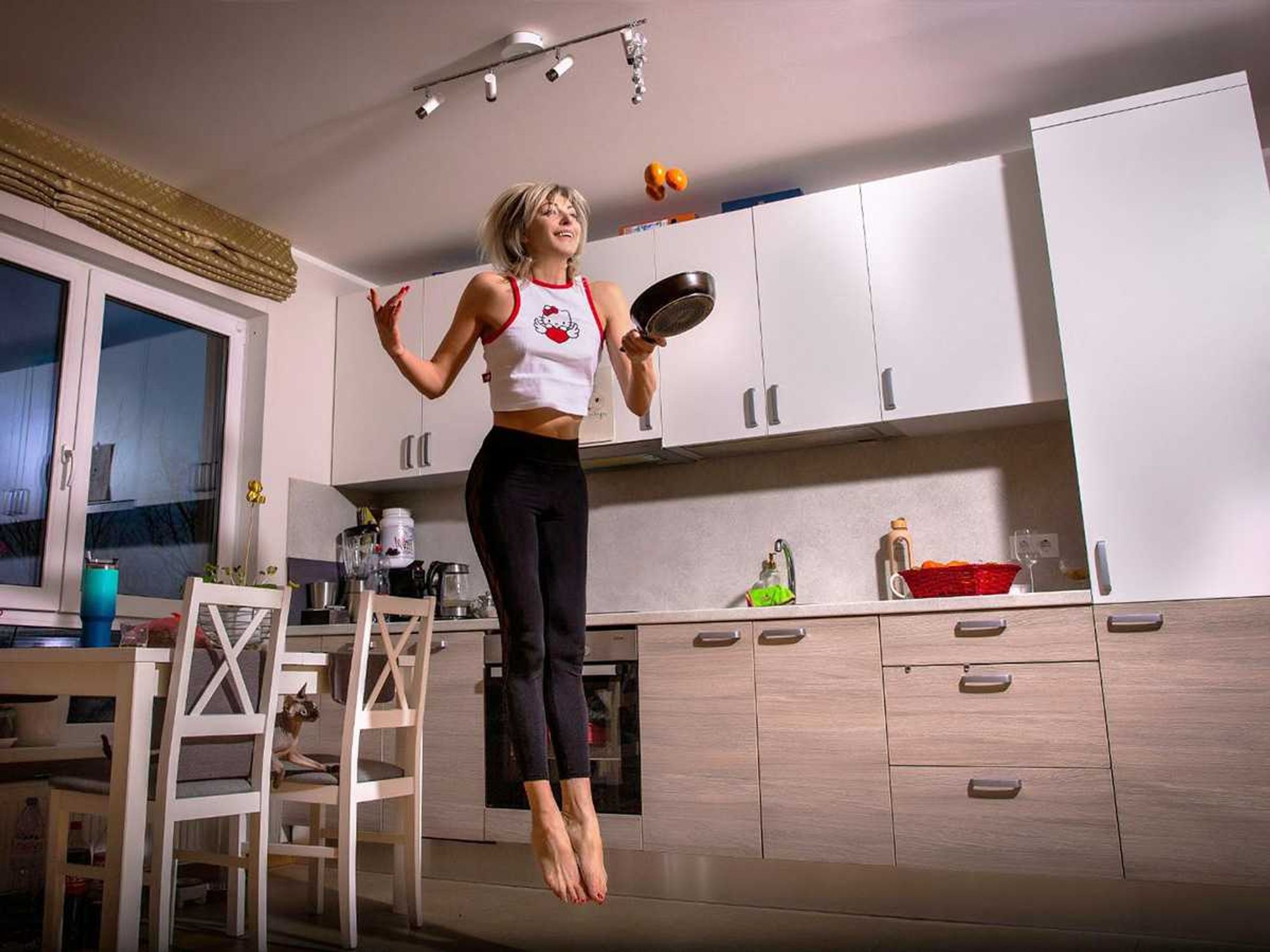Boston has a grocery market you'll be jealous of, and it's not owned by a giant corporation.
Farmers markets are fun, but let's admit it: Sometimes it's just easier to go the supermarket.
Most farmers markets only setup shop once or twice a week for just a few hours at a time. They're always fun to visit, of course, and the atmosphere from the buzzing crowds and live music certainly add to the experience. But they're not always convenient in terms of time or location, and you're left at the whim at whatever food just happens to be at that particular farmers market on that specific day. (This is especially true if, like me, you live in the frigid Northeast).
Sure, you tell yourself you like to shop local — we all wanna support the community, right? — but, well, Stop & Shop is always there and is always stocked with everything you need (unless you're looking for asparagus water, in which case, I'm sure there's a Whole Foods right around the corner).
But there's good news for my fellow Bostonians: We can now buy locally-sourced and independent foodstuff all year round in one convenient spot.
The brand new Boston Public Market is the “most local" food market in America (not to be confused with Boston Market, formerly known as Boston Chicken, which is not).
Located right in the heart of downtown Boston, the Market houses 37 different vendors, selling everything from farm-fresh produce to grass-fed meat and poultry to wine and beer and coffee and chocolate and even a few craft artisans.
All photos by Thom Dunn/Upworthy.
Every single vendor comes from independent companies based right in New England ( the average distance from the farms to the market is 30 miles). Even the interior of the building was constructed from recycled, donated New England barn board, and it's managed by the Boston Public Market Association, a locally-run and independent nonprofit organization, in partnership with the city of Boston.
Inside you'll find everything from giant carrots, onions, potatoes, and apples.
And fancy Italian artisan cheeses.
There's even a literal chocolate bar, which is exactly what it sounds like.
The Boston Public Market puts working-class people at the center of history (and the tourist industry).
Did you know that for every $100 spent at a locally-owned business, $48 of that gets recycled right back into the local economy? Chain stores, meanwhile, only end up giving about $14 out of every $100 back to the community (mostly just in the form of employee wages).
That's one of the most wonderful parts about the Boston Public Market: It's not just selling fresh, local food and employing local retail staff, it's a self-sustaining economic stimulus for the entire community.
The Market is in the heart of Boston's tourist district, meaning even out-of-towners will probably find themselves there.
The Market is located right next to Fanueil Hall and Quincy Market, which is essentially the tourist epicenter for the city of Boston. Which, like most tourist spots, is more of a recreation of local life than it is someplace where local people actually go (it does have some cool historical pedigree, though).
But Boston Public Market provides tourists with a much more authentic vision of the hard-working people who make up the whole New England region and ensures the money those tourists spend directly supports those very same people.
Ye Olde New Englande Cidre Presse. Photo by Lord Thomas Padraig Theodosius Dunn the 1st of Bostonia/Upworthy.
But The Market isn't just about making money. It's about making good food available for everyone, regardless of the cost.
Look, getting some of that tourist money back into the local economy is great. Tourists are there to spend on one-time treats. But tourists and middle- to upper-class locals aren't the only consumers the Market is trying to invite in.
People who use SNAP (Supplemental Nutrition Assistance Program) benefits can shop here as well, meaning both local vendors and local consumers (of all socioeconomic backgrounds) benefit from the Boston Public Market.
LOOK AT ALL THOSE VEGGIES. Sorry this one is a little blurry, I got excited.
In addition to accepting SNAP benefits, the Boston Bounty Bucks program offers a dollar-for-dollar match up to $10 for families who rely on assisted living programs when they shop at certain farmers markets, including the Boston Public Market.
Families who use SNAP benefits can spend $10 on some cheap, over-processed canned meals at Stop & Shop or spend $20 on fresh, local, organic food at the farmers market and provide their families with wholesome, delicious, and much more nutritious meals (plus that $20 goes to support local food workers and stimulate the local economy, which is a nice added bonus).
In the press release announcing the program, Boston Mayor Marty Walsh called the program “a defining moment for food accessibility in the City of Boston. Not only will this partnership increase access to healthy, fresh food for Boston residents, but it will also stimulate our local economy while supporting area farmers."
WORD, Marty. WORD. I knew I liked you for a reason ( even if you did declare Godsmack Day last summer).
While the Boston Public Market is currently the only one of its kind, hopefully other cities will soon follow suit.
Massachusetts has a history of leading the country in progressive values, from marriage equality to universal health care to the Red Sox (OK, c'mon, I had to). American culture largely has been shifting from the anonymous big chain model back to the idea of " slow food" and wholesome, hand-crafted artisan cuisines that emphasize local and ethical ingredients.
There's no reason other cities can't start their own public markets just like the one in Boston — instead of, say, building another Whole Foods to complete the wave of gentrification (eerily, the photo in that link is actually my neighborhood Whole Foods). Let's get back to building communities that support sustainable living and each other.
Not to pat ourselves on the back too too much, but if Boston can put up with 4 to 6 feet of snow each winter and still get a public market up and running by the summer, you other cities have no excuse not to do the same.
Hope everyone had a safe and relaxing Snow Day. The BPM team is back to work and we are looking forward to the summer for a number of reasons! ☀️🌽🍅🍓
A photo posted by Boston Public Market (@bostonpublicmarket) on




 Beaver on riverbank.
Beaver on riverbank.  Pbs Nature Swimming GIF by Nature on PBS
Pbs Nature Swimming GIF by Nature on PBS  An actual beaver dam on the now-thriving Price River
An actual beaver dam on the now-thriving Price River 
 Hard to imagine Dick Van Dyke being "lazy."
Hard to imagine Dick Van Dyke being "lazy." 
 a piece of paper with a heart drawn on it Photo by
a piece of paper with a heart drawn on it Photo by 

 Dinosaur bones.Photo credit
Dinosaur bones.Photo credit  A jump and juggle.Photo credit
A jump and juggle.Photo credit  The widow.Photo credit
The widow.Photo credit  Overlooking a mountain adventure.Photo credit
Overlooking a mountain adventure.Photo credit  Looks like 6 feet under the covers.Photo credit
Looks like 6 feet under the covers.Photo credit  "Bow chicka bow wow!"
"Bow chicka bow wow!"  Two people sharing a milkshake. Photo credit
Two people sharing a milkshake. Photo credit